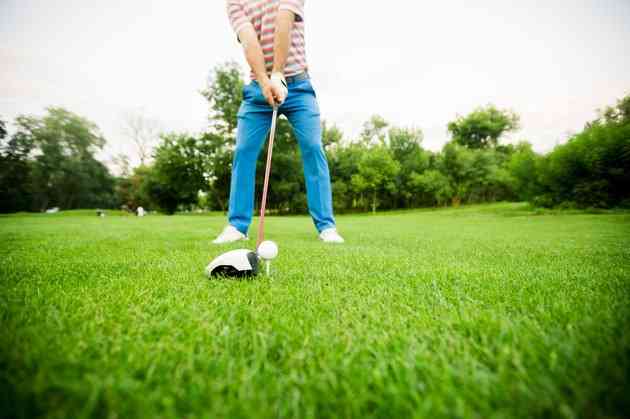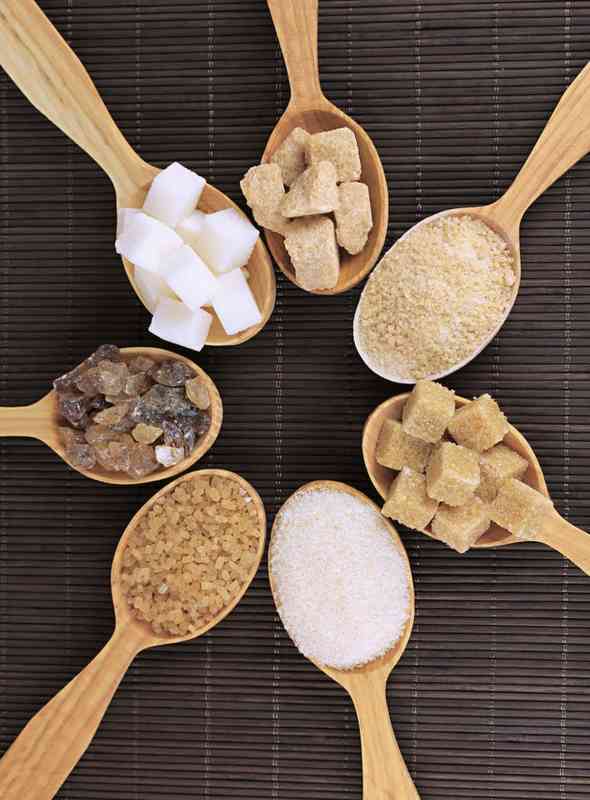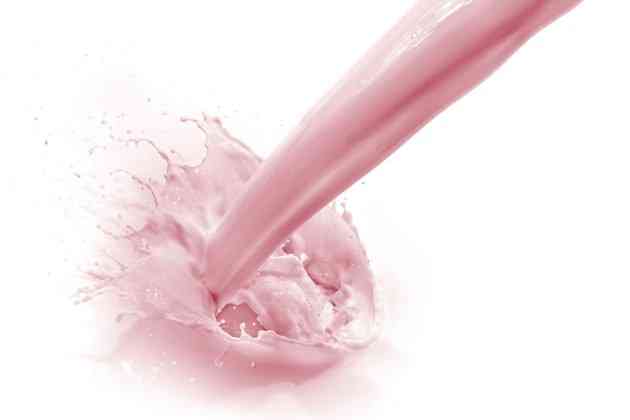The Difference Between Foam and Plastic Practice Golf Balls

Perfecting a golf swing requires repetition in order to hit the ball accurately. Although you can practice your swing with regular golf balls at a driving range, practice golf balls are designed to allow you to work on your swing in more limited quarters, such as your backyard or indoors. Most practice golf balls are made of either plastic or foam; although both can be used, there are differences in the feel and cost of the different types.
 Golfer getting ready to tee off (Image: nd3000/iStock/Getty Images)
Golfer getting ready to tee off (Image: nd3000/iStock/Getty Images)How Practice Golf Balls Work
One of the biggest obstacles to working on a golf swing is the amount of space needed to hit real golf balls. In order to work on your swing with a regular golf ball, a large amount of space that is free of obstacles is needed. The purpose behind practice balls is that they are designed for use in smaller spaces. These balls are generally lighter, so they will not travel as far, which means you do not need the same space for practicing and you can also recover the balls more easily. They are also less likely to damage other objects that they hit. Although any sort of practice ball will allow you to practice your swing, different types of plastic and foam balls will differ in their cost, durability and how well they mimic the flight of an actual golf ball.
Cost
As is the case with standard golf balls, there is a significant difference in the cost of different types of practice ball. At the time of publication, for example, at Dick's Sporting Goods an 18 pack of plastic practice balls will cost $6.99, so the cost is approximately 39 cents per ball. Foam practice balls from the same manufacturer are $19.99 for a 30 pack, for a cost of approximately 67 cents per ball. More advanced models of foam balls, on the other hand, such as the Almost Golf brand, can cost around $1 per ball, depending on the type and quantity purchased.
Durability
Another major difference between different types of plastic balls is durability. As some users of the golfing site The Sand Trap note, plastic balls may get crushed or deform after several full-strength hits. Although deformation may also be an issue with the less expensive foam balls, some of the advanced models, such as the Almost Golf balls, are noted for having better durability in reviews from sites such as DeepRough.com. This means that although they may cost more, you can get more use out of them, which may make them a better investment in the long run.
Ball Flight Mimicry
One of the biggest areas where plastic and high-end foam balls differ is in how the mimic the feel and flight of a regular golf ball. As "The New York Times" golf blog On Par notes, plastic and low-end foam balls are able to roughly approximate the flight of a regular ball, slicing or hooking if the swing would result in a hooked or sliced shot. However, one of the major disadvantages of these balls is that they do not generate the same feeling on impact as a regular golf ball, and their flight path may significantly differ from that of a regular ball. This is one of the major advantages of using the higher-end foam balls with a compressed core, such as the Almost Golf balls, because they are better able to replicate the feel of a golf ball when the clubhead makes contact with the ball.




